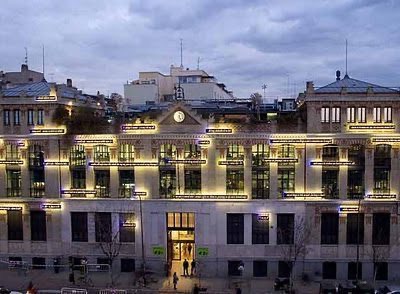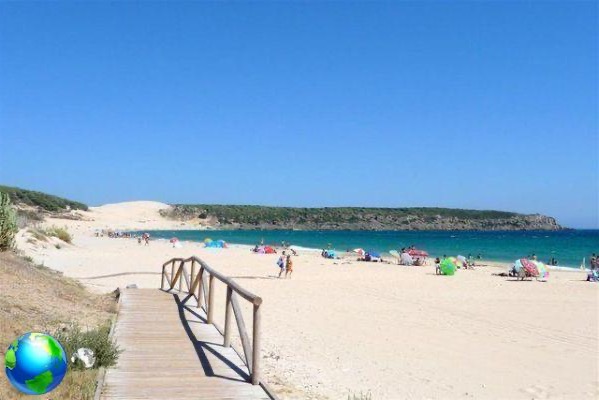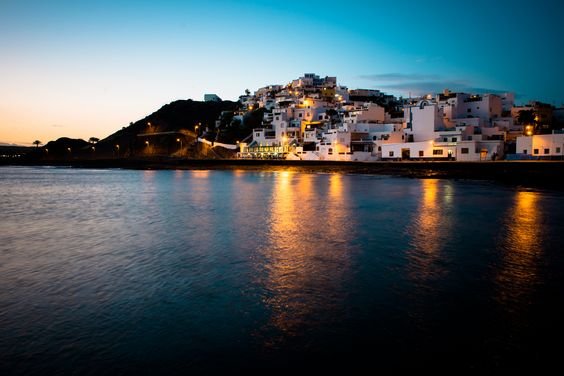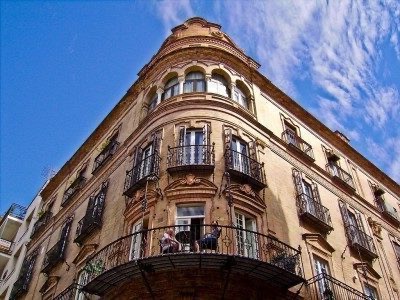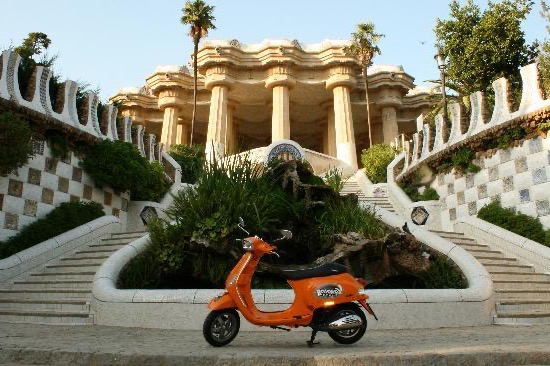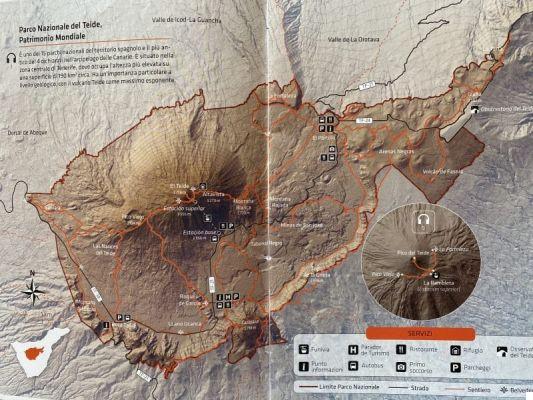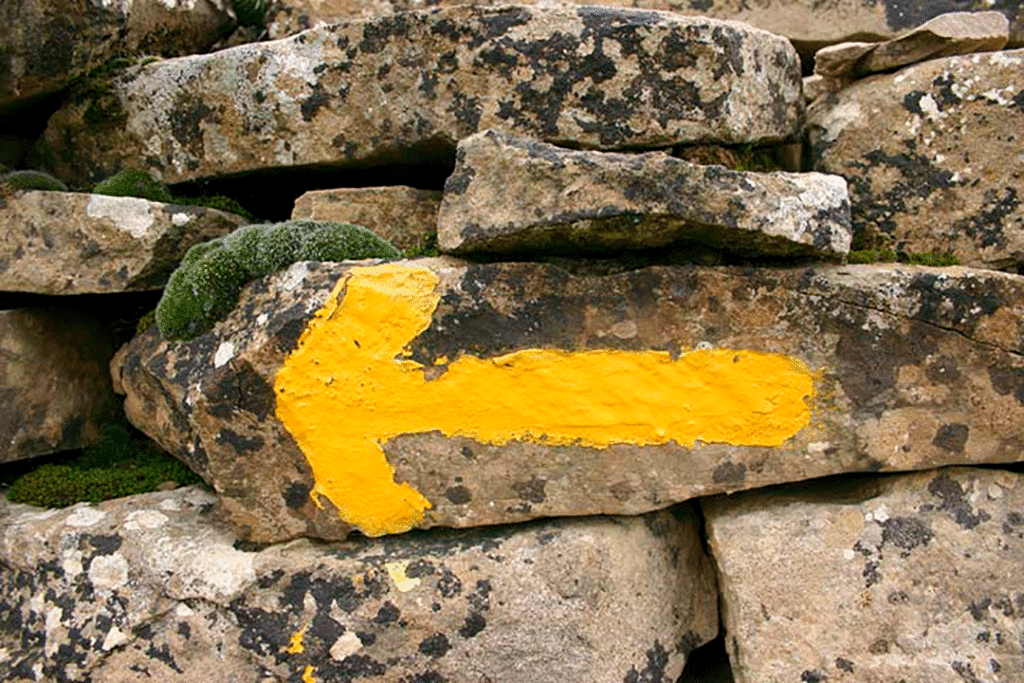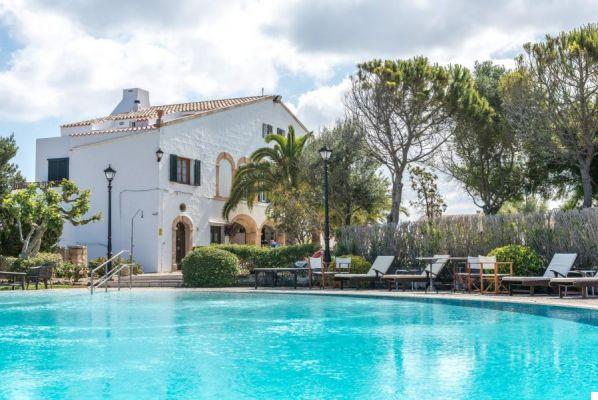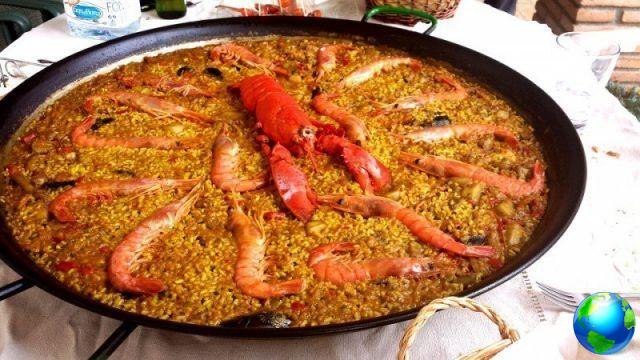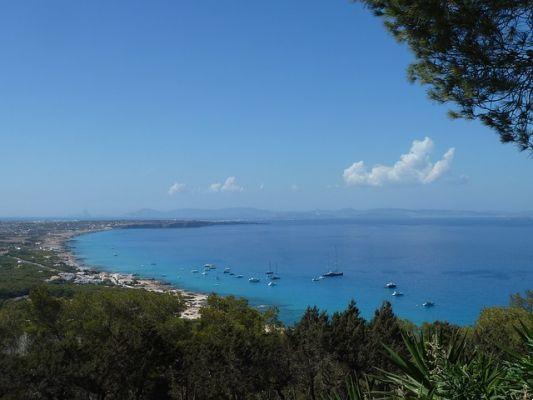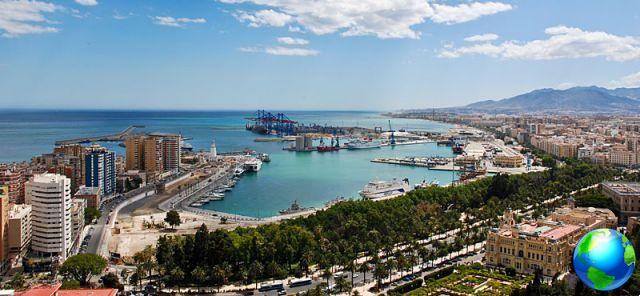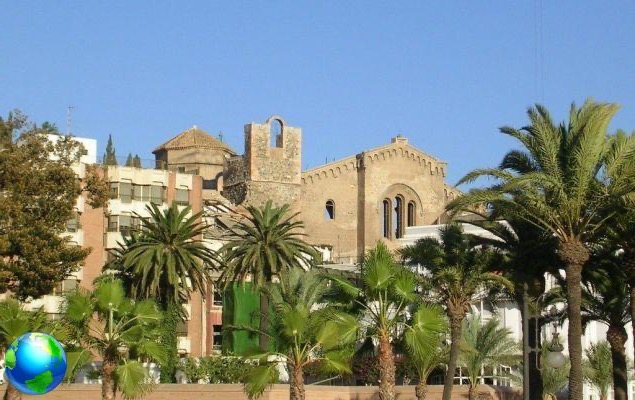La Gomera it was the last island of the Canaries that I visited in the 4 months I spent in this archipelago, but it entered directly into my TOP 4 of the islands. Unfortunately I only spent 3 days there, but I should have dedicated at least a week to it. Let's say that 3 days are the minimum wage to see all the areas of the island. La Gomera is indeed aisland well known also for trekking so, if you plan to do some, plan to stay at least 5/7 days. I really liked it very much! As well as La Palma e El Hierro , La Gomera it's a mountainous island and the roads are pretty much curvy (if you don't like driving this isn't your place!). To reach the places that are located on the sea you have to go down along the various barranchi (canyons), where super panoramic roads and tunnels have been dug. The island is quite small but, in planning, do not consider only the kilometers of distance as the crow flies between the various places to visit because, having to continually descend and climb the mountains, it takes much longer to travel. La Gomera is a very varied island (not surprisingly has been declared a UNESCO Biosphere Reserve) and, unlike El Hierro and La Palma, it has many more beaches / places to relax and enjoy life by the sea. A curiosity, La Gomera has always been very popular among the Germans and, especially Valle Gran Rey, is a hippie hangout where you will find German freaks of all ages.


How to reach La Gomera
To reach La Gomera from Spain you will necessarily have to make a stopover in Tenerife or Gran Canaria and then take a domestic flight (operated by the company Binter Canarias). The price of the flight varies according to the season, but you can also find it at 40-50 euros (only the internal flight eh!). From the South of Tenerife it is best to reach La Gomera by ferry.
The Los Cristianos-San Sebastian de La Gomera route is covered by 2 companies Naviera Armas and Fred Olsen (each with 3-4 trips per day on average) and the ticket costs 40 euros (one way). The journey takes 50 'or 1h.
Getting around in La Gomera
If you do not have a license or do not want to drive, in La Gomera there is a bus network that covers the main locations (here you will find all the info, timetables, etc.), but to be able to explore it better I recommend renting a car. Fortunately, in the Canaries it costs very little, as well as petrol. When I travel I normally use the Rentalcars website, but for La Gomera the companies with the best value for money are Cicar, Cabrera Medina and, above all, Plus Car. The offices are directly at the port and allow you to rent a car without blocking your credit card and with the Kasco without excess. For 3 days with Plus Car I spent 55 euros (Kasco included). However, remember to always book your car first, through the relevant websites.

Where to sleep in La Gomera
To better visit the island without wasting hours on the move, I slept one night north (Hermigua) ed one to south (Valle Gran Rey) and I advise you to do the same (even if you stay for several days). If you don't want to be hermits, but you want places that have some bars, restaurants and a bit of life, I suggest you orient yourself on Hermigua, Vallehermoso, San Sebastian de la Gomera and Valle Gran Rey (the most touristic place on the island).
- Hotel Rural Ibo Alfaro (Hermigua) : beautiful rural hotel overlooking the Hermigua valley. Surrounded by greenery, it offers magnificent views, beautiful rooms and an excellent and abundant breakfast.
- Parador de la Gomera (San Sebastian de la Gomera): the most fascinating and luxurious hotel on the island, stands on a rock in front of the port and is housed in a magnificent historic building.
- Hotel Playa Calera (Valle Gran Rey): modern 4-star hotel facing the sea in Valle Gran Rey. Large and spacious rooms, but above all a very photogenic rooftop with swimming pool.
- Hotel Jardin Concha (Valle Gran Rey): if you want to spend a little less, this hotel is located in the village of Valle Gran Rey, slightly higher, and offers beautiful views of the sea.
- Telegraph Hostel (Beautiful valley): a hostel housed in a renovated historic building. Very nice and convenient for visiting the north of the island.



10 Things to see in La Gomera
1.Hermigua and the natural pools
Proceeding counterclockwise from San Sebastian, the first thing to see in La Gomera is the Hermigua valley with its natural pools. This small rural town is located within a very fertile gorge covered with banana trees and other subtropical plants, until it reaches a volcanic beach of black sand and pebbles. To the right of the beach, walking a little to reach the Davit di Hermigua, where there are very suggestive natural pools. Along another road that starts from the city center and climbs up the mountain you can reach the beautiful one black sand beach of La Caleta. The village of Hermigua is nice, with historic buildings (the mansions of merchants of the sixteenth century) and several nice restaurants and bars (above all Tasca Telémaco o El Faro).



2.Vallehermoso e Los Organos
Proceeding north you will pass through the cute village of Agulo to then arrive at Beautiful valley, historically the economic center of the island. The expanses of volcanic ash have made its valley very fertile and rich. Volcanic activity and erosion have also created spectacular rock formations in this area, such as the Roque Cano (a peak of solidified lava 250 meters high) and, above all, The organs, basalt columns (similar to those seen in Iceland on Black Beach). The latter can only be seen from the sea, with organized excursions departing from San Sebastian, Playa Santiago or Valle Gran Rey). If you want to relax for a couple of hours on the beach you can go to the Vallehermoso Beach (of gray stones); to the left of the beach you will see a fortification (the Castillo del Mar), a kind of small castle with a bar / restaurant on the terrace. At the moment the road to reach it has collapsed, but it is hoped that they will reopen it soon.

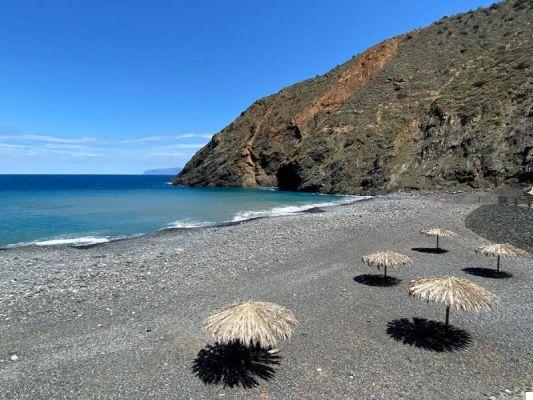
3.Arguamul
You probably won't find it Arguamul on the guides, but in my opinion it is one of the things to see in La Gomera. To reach this pile of houses (but above all its stretch of coast), you will have to make a detour from the main road and go down towards the sea by a winding road that becomes increasingly narrow and at times a little dirt road (but very feasible). From the end of the road you will have to walk to get to the beach, but you only need to walk a little to see the breathtaking view of the coast with the island of La Palma in front. It is a place that seems to have been forgotten by god, but it is pure nature!

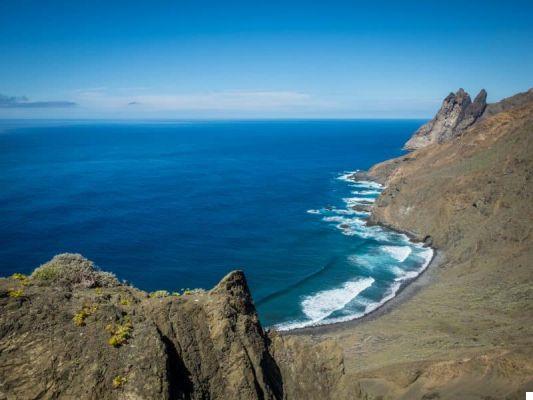

4.Abrante viewpoint
Returning to Agulo, you cannot miss the Abrante viewpoint. This mirador owned by the shipping company Fred Olsen it has a glass-walled rooftop terrace that juts out into space and offers unparalleled views of the ocean, Tenerife and Teide (the faint of heart refrain!). Inside the structure there is also a bar-restaurant (which seems to be good, unfortunately I found it closed!). From here also pass several paths that descend to the sea or go up to the Parque National de Garajonay.

5. Garajonay National Park
Created in 1981 and declared UNESCO World Heritage Site in the 1986, the Garajonay National Park is the highlight, the must see in la Gomera. It occupies about 10% of the island (40 sq km) and starts from an altitude of 800 meters to reach the 1487 meters of Monte Garagonay (the highest point is called Alto de Garagonay). Here are the best routes in La Gomera for walking, they are about 20in of length and varying difficulty (from 20 'up to 9h). As in El Hierro and Tenerife, La Gomera still retains a great Laurisilva forest, which dates back to the tertiary era and makes us understand what the Mediterranean vegetation was like millions of years ago. In the hotels and in the Centro de Visitantes of Juego de Bolas you will find maps with the trails. If you are short on time, I recommend that you reach the viewpoint of Los Roques, from which you will have a crazy view of the Roque de Agando (see cover photo) and theAlto de Garagonay starting from the parking lot de The Contadero (1h30 'round trip). If you have more time there are several trails to do around the resort of The Cedar and, above all, the 10,5 km path (About 5h) which starts from Alto de Garagonay, passes through El Cedro and descends to Hermigua (they say it is the most beautiful trail in La Gomera!).



6.Valle Gran Rey
Among the things to see in La Gomera, Valle Gran Rey also holds a special place. This valley is located inside a deep ravine (a canyon) that looks, in my opinion at least, a little bit like the Grand Canyon. As you go down to the sea, the landscape becomes greener and palms and papaya, mango and avocado plantations appear. Valle Gran Rey it is the most touristic place on the island and it is also because the sun almost always shines here. The seaside resort of Valle Gran Rey it consists of the inhabited centers of The beach e Returns, both with cute little houses, bars, beach and restaurants. The most beautiful beach is there Vueltas Beach, near the port, protected by steep cliffs; very beautiful and super wild too English beach, with a nudist area. The scenography that surrounds the valley is really beautiful and at sunset it becomes even more so, when the rock turns red. If you come from Parque di Garagonay and are around lunchtime, don't miss out on a great meal at the restaurant Ephigenia house.




7.Alojera Beach
Playa de Alojera is located in the north-west of the island, in a somewhat isolated position, like Arguamul. To reach it you will have to take a detour from the main road and arm yourself with patience to descend, one curve after another, towards the sea. The village of Alojera is made up of a few houses, but is popular with locals for going out to eat fresh fish at a good price. The best Restaurant is the Prisma. In front of the village there is Las Salinas Beach, if you are looking for the deserted beach, more panoramic you will have to walk up to Wheat Beach, a beautiful black beach.
8. Santiago Beach
Before returning to San Sebastian de La Gomera it is worth making a detour to reach Playa Santiago and other nearby beaches. TO Santiago Beach there is also the small airport of La Gomera, but the area is famous above all for its beaches, like Tapachuga Beach e Chinguarime Beach. They are beaches where there is nothing, if not a beautiful sea and the cliffs that surround them. If you decide to come, bring water and food. For lunch or dinner it is worth stopping on the beach of Playa Santiago to eat fish a La Chalana, a very nice little restaurant right on the beach.


9.San Sebastian de la Gomera
Among the things to see in La Gomera there is certainly also the capital, San Sebastian. It is a small but pleasant town with several historic buildings. The city still keeps the memory of Christopher Columbus who stopped there before going to America in 1492. Along the main road, the Middle Street, there is the Customs House in whose courtyard there is the well where Columbus stocked up with water for the caravels. In the same street to see there is also the Church of the Virgen de la Asuncion Colon House (which hosted Columbus) e Casa Echevarria with a small museum of Archeology.
10.Silbo
I also included the Silbo among the things to see in La Gomera, but in reality it is something to listen to. The Silbo (or whistle de La Gomera) is an ancient whistled language created by the Guanchi (the ancient inhabitants of the Canaries) and was mainly used by shepherds to communicate at great distance through the deep valleys that, arranged in a radial pattern, cross the whole island. The language employs two vowels and four consonants. Approximately 4.000 concepts (words) can be expressed in this way. To vary the sounds you put your fingers in your mouth and one or both hands are used to amplify the sound, like a megaphone. The Silbo was in danger of disappearing, but now it has come back to life and the children are learning it at school as a compulsory teaching. In 2009 it was also recognized Intangible Cultural Heritage by UNESCO. It's not easy to hear him talk (I couldn't!), But ask around why they told me there are places on the island where you can hear him.



Where to eat in La Gomera
- Parador de la Gomera (San Sebastian de la Gomera): beautiful restaurant, in the most luxurious hotel in La Gomera
- Tasca La salamandra (San Sebastian de la Gomera): very good and nice bistro in the center of San Sebastian
- Ephigenia house (La Montana): an institution! It serves typical local cuisine
- La Chalana (Playa Santiago): cute little fish restaurant on the beach (also super cheap!)
- Colorado (Valle Gran Rey): the best restaurant in Valle Gran Rey
- Tasca Telémaco (Hermigua): very nice and very good restaurant, with terrace, in the center of Hermigua
- El Faro (Hermigua): fish restaurant with a view in Hermigua
- The Chacaras (Hermigua): inland restaurant to eat the authentic cuisine of La Gomera


What to see in La Gomera in 3-5 days: the itinerary
- Day 1: Valle di Hermigua - Agulo- Vallehermoso - Arguamul - Mirador de Abrante
- Day 2: Parque National de Garagonay - Valle Gran Rey
- 3 days: Aloyera - Playa Santiago - San Sebastian de la Gomera
If you have more days I would dedicate them to trekking, for sure at least 1 day per 10,5 km path (About 5h) which starts from Alto de Garagonay, passes through El Cedro and descends to Hermigua (they say it is the most beautiful trail in La Gomera!).

You might also be interested in these other articles I wrote about the Canary Islands:
- What to see in Tenerife South: 10 places not to be missed
- What to see in Tenerife North: 10 places not to be missed
- Where to stay in Tenerife: the best areas
- Canary Islands: which ones to choose
- The 15 most beautiful beaches in Tenerife
- What to see in La Palma, the 'isla bonita' of the Canaries
- What to see in Lanzarote: all the places not to be missed
- El Hierro: what to see and what to do
- Fuerteventura: what to see and where to go
- How to organize a trip to Lanzarote
- The most beautiful treks in Lanzarote (Canary Islands)
- La Palma (Canary Islands): the most beautiful treks
- Lanzarote: the most beautiful beaches and natural pools
- Smartworking from the Canary Islands: info and useful tips for digital nomads




